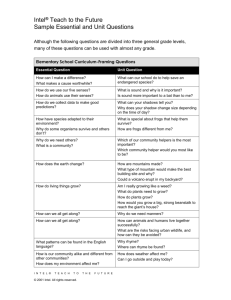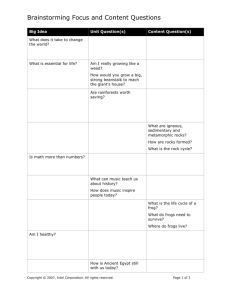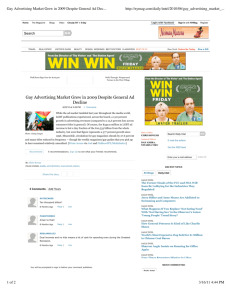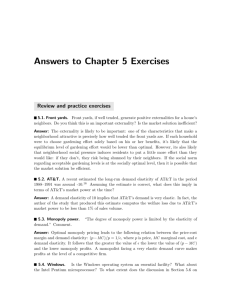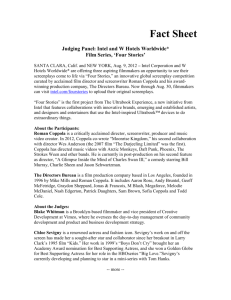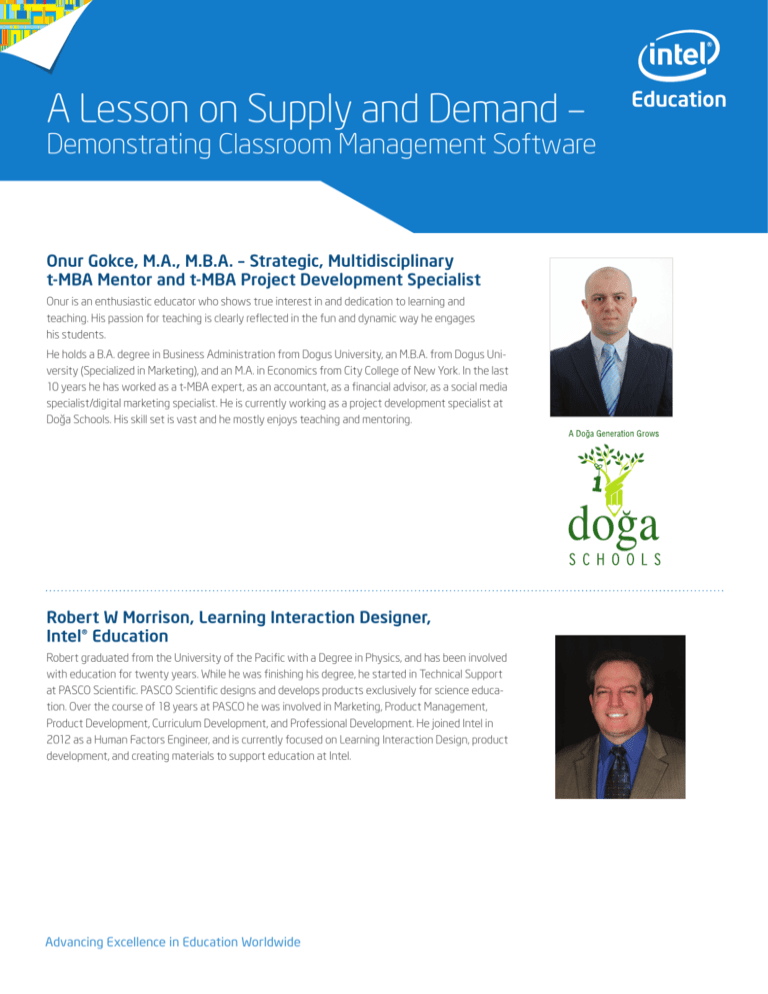
A Lesson on Supply and Demand –
Demonstrating Classroom Management Software
Onur Gokce, M.A., M.B.A. – Strategic, Multidisciplinary
t-MBA Mentor and t-MBA Project Development Specialist
Onur is an enthusiastic educator who shows true interest in and dedication to learning and
teaching. His passion for teaching is clearly reflected in the fun and dynamic way he engages
his students.
He holds a B.A. degree in Business Administration from Dogus University, an M.B.A. from Dogus University (Specialized in Marketing), and an M.A. in Economics from City College of New York. In the last
10 years he has worked as a t-MBA expert, as an accountant, as a financial advisor, as a social media
specialist/digital marketing specialist. He is currently working as a project development specialist at
Doğa Schools. His skill set is vast and he mostly enjoys teaching and mentoring.
Robert W Morrison, Learning Interaction Designer,
Intel® Education
Robert graduated from the University of the Pacific with a Degree in Physics, and has been involved
with education for twenty years. While he was finishing his degree, he started in Technical Support
at PASCO Scientific. PASCO Scientific designs and develops products exclusively for science education. Over the course of 18 years at PASCO he was involved in Marketing, Product Management,
Product Development, Curriculum Development, and Professional Development. He joined Intel in
2012 as a Human Factors Engineer, and is currently focused on Learning Interaction Design, product
development, and creating materials to support education at Intel.
Advancing Excellence in Education Worldwide
Supply and Demand
Background
Objectives
At the end of this lesson, students should be able to understand the
basics of supply and demand theory in Economics. The examples that
will be used in this lesson focus on the types of things students of
today are interested in; technology in the forms of phones, computers
and other electronic devices. The ultimate aim of the lesson is to give
students information about the basics of economics so that the
transition from high school to university will be smoother. During
the lesson, the facilitators will demonstrate various features and
functions of Classroom Management, part of Intel® Education.
Students will
• Understand the importance of supply and demand in our lives.
• Understand the definitions of supply, demand, producer,
and consumer.
• Know the difference between supplier and producer, consumer
and customer.
• Analyze supply and demand curves and illustrate their usage.
• Engage in a discussion of elasticity of products.
Teachers will
• Experience the variety of features and functionalities of
Classroom Management.
A Lesson on Supply and Demand – Demonstrating Classroom Management,
part of Intel® Education
Today’s classrooms are full of technology and there are many challenges and requirements. Classroom Management allows the teacher to deliver
lesson content, personalize materials for students, simultaneously monitor classroom computers, set up collaborative learning environments and
fully enable teaching and learning.
In this session, participants will experience a lesson on supply and demand focusing on the goods that are relevant in their lives. They will watch
a video on supply, demand, surplus, and shortage and discuss what they have learned. It will cover the elasticity of products to give them a better
understanding of luxury and necessary goods.
This lesson will help students understand how economics applies to everyday life and how the students can make smarter choices in their
own lives. The lesson will also provide a good understanding of economics, which in turn will help students with their financial responsibilities.
Throughout the session, a number of questions, via a quiz function, will be pushed out to each student’s computer as a form of
formative assessment.
The components of the classroom management system that will be incorporated into the class include sharing a video/presentation,
distributing a file, locking screens, viewing student screens, showing groups, and pushing out a quiz.
www.intel.com/education
Copyright © 2014 Intel Corporation. All rights reserved. Intel and the Intel logo are trademarks of Intel Corporation in the U.S. and/or other countries.
*Other names and brands may be claimed as the property of others. 0114/JH/HBD/PDF


